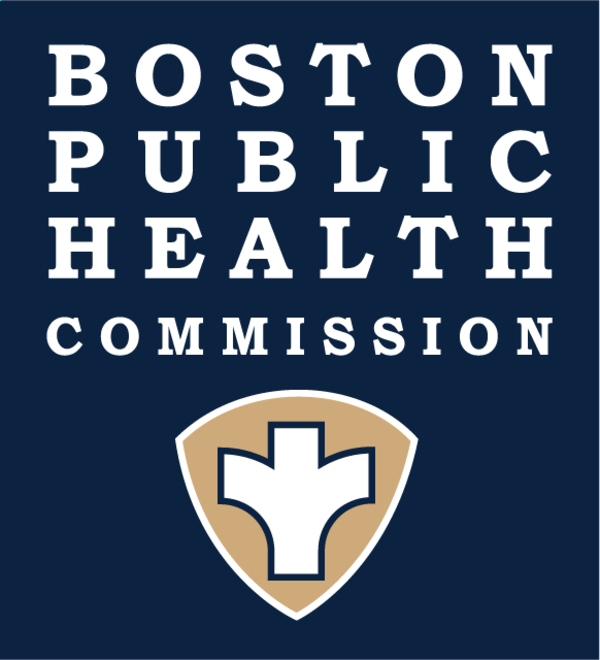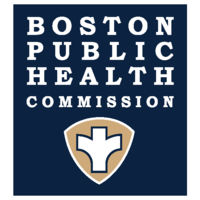Shingles
This fact sheet answers frequently asked questions about shingles.
Shingles, also known as herpes zoster, is a painful skin rash caused by the same virus that causes chickenpox. According to the CDC, nearly one out of three people in the United States will develop shingles.
The basics
What causes shingles?
After a person recovers from chickenpox, the virus stays sleeping in the body. The virus does not cause disease during this time, but it can wake up years later. It is not clear why the virus wakes up, but if it does, it causes shingles.
Who gets shingles?
Anyone, including children, can get shingles if they had chickenpox. The risk of shingles is greater as people get older. About half of all cases are among men and women 60 years or older. If you received the chickenpox vaccine, your risk for shingles is much lower than if you did not get the vaccine and were sick with chickenpox.
Symptoms
What are the symptoms of shingles?
Shingles usually start as a painful rash on one side of the face or body. The rash forms blisters that scab over in 7-10 days and clear up within 2-4 weeks. Before the rash develops, there is often pain, itching, and tingling in the area where the rash appears. This may happen anywhere from 1 to 5 days before the rash appears. Most commonly, the rash occurs in a single stripe around either the left or the right side of the body. In other cases, the rash occurs on one side of the face.
In rare cases (usually among people with weakened immune systems), the rash may be more widespread and look like a chickenpox rash. Shingles can also affect one of the eyes and cause severe problems. Other symptoms of shingles can include fever, headache, chills, and upset stomach. Some people who have shingles get severe pain where they had the shingles rash AFTER the rash has gone. Although it usually goes away in a few weeks or months, it can come back.
Is shingles contagious?
The germ that causes shingles can pass to anyone who has not had chickenpox and was not vaccinated against chickenpox. This germ can cause chickenpox but cannot directly cause shingles. The germ spreads through contact with the fluid from the rash blisters and is not as contagious as chickenpox. Shingles germs can only spread after the blisters appear and before the blisters form scabs.
If you have shingles:
- Keep the rash covered
- Do not touch or scratch the rash
- Wash your hands often
- Until your rash develops scabs, avoid contact with
- Pregnant women who have never had chickenpox or the chickenpox vaccine
- Premature or low birth weight infants
- People with weakened immune systems (such as those with HIV)
Prevention
How can I prevent shingles?
The shingles vaccine is the only way to reduce your risk of getting shingles. The vaccine is recommended for everyone ages 50 years and older. Even people who have had shingles in the past can get the vaccine to help prevent future infections. See your healthcare provider to get the shingles vaccine.
Is the shingles vaccine safe?
Yes, it is safe. Minor reactions can occur such as pain and redness at the injection site, headache, fatigue or a vague feeling of discomfort. Learn more about the shingles vaccine here.
Treatment
How is shingles treated?
Several prescription medicines may help the shingles get better quickly. You need to start treatment early, so if you think you have shingles, contact your healthcare provider as soon as possible. Pain medicine may help relieve the pain cause by shingles. Wet compresses, calamine lotion, and oatmeal baths may relieve some itching but it does not treat the infection.




